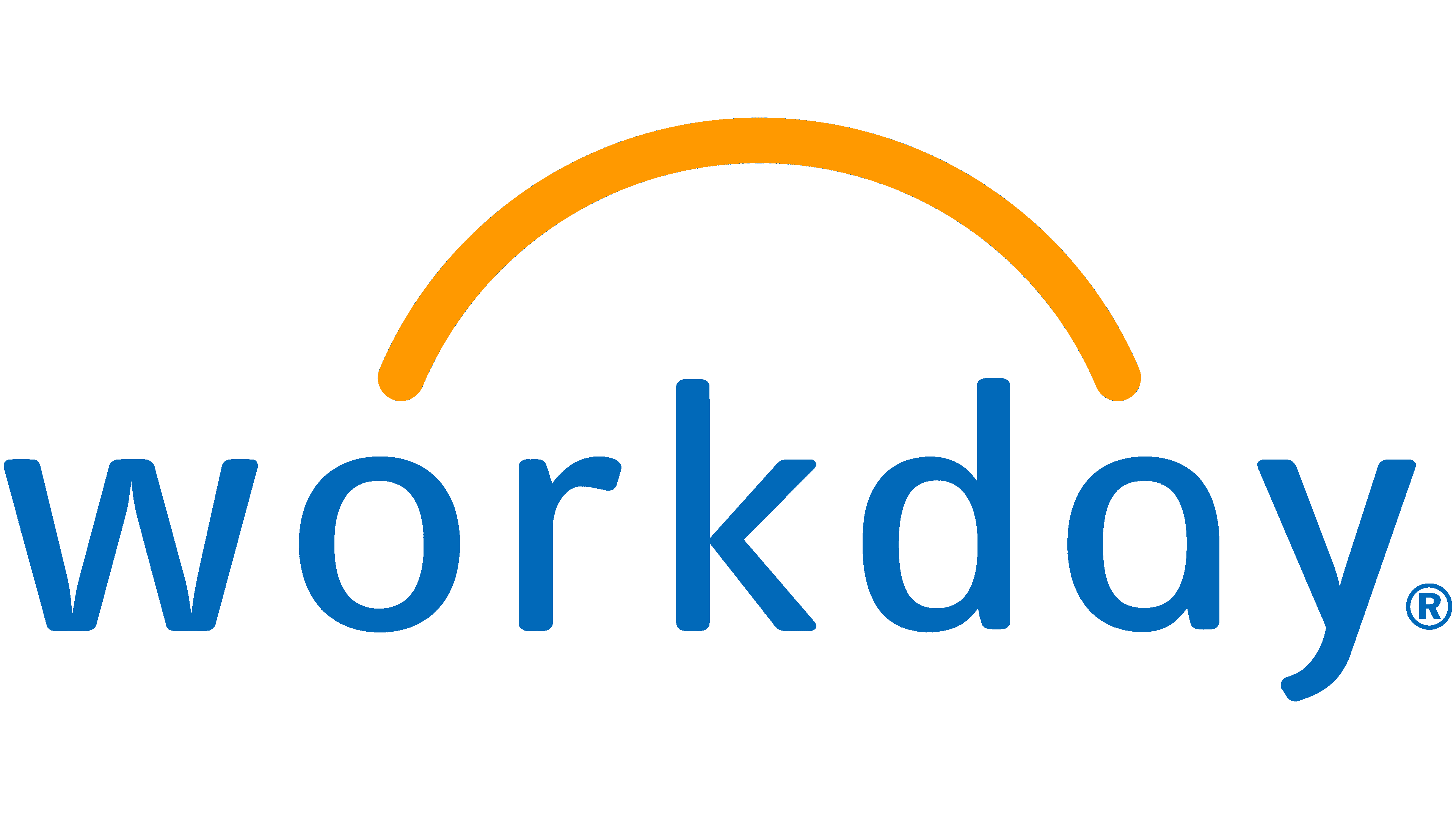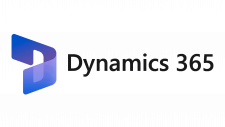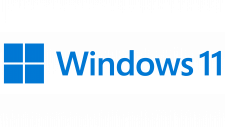Workday Logo
Workday is a leading enterprise cloud application provider, focusing on financial management, human capital management, and analytics applications designed for global businesses. The company serves varied industries, such as healthcare, education, and manufacturing. Workday’s primary markets include North America and Europe. The firm is public, and its ownership is shared among institutional, individual, and inside investors. The company strives to enhance organizational agility and efficiency through its innovative solutions. The co-founders Dave Duffield and Aneel Bhusri established Workday in 2005, and it has been evolving continually to meet the modern needs of businesses globally.
Meaning and history
Workday, Inc., inaugurated in 2005 by Aneel Bhusri and Dave Duffield, originated with a vision to innovate cloud-based applications for finance and human resources, aspiring to optimize organizational efficiency. The establishment of Workday marked a pivotal turn in enterprise software, rendering user-friendly solutions contrasting the prevailing complex systems.
Upon initiation, the company was privately held. It underwent meticulous advancements, accentuating intuitive interfaces and a scalable framework. The breakthrough for Workday came in 2012 when it transitioned to public ownership through an IPO, marking a seminal evolution. This public listing amplified its financial acumen, enabling expansive growth and diversification. Its shares were dispersed among diverse stakeholders, involving institutional and individual investors, and internal stakeholders.
The developmental trajectory of Workday reflects its commitment to relentless innovation. It expanded its product lineage, embedding analytical tools and machine learning to augment decision-making processes and operational proficiency across varied industrial realms, including healthcare, education, and manufacturing.
Over time, Workday’s operational realms manifested extensive globalization, delving deeper into international markets, primarily in North America and Europe, reinforcing its global footprint. The company’s consistent endeavor to revitalize its offerings underscores its adaptation to the dynamic technological environment and market needs, ensuring its relevance and competitive edge.
Workday has forged strategic acquisitions, incorporating adaptive insights to elevate its analytical capabilities and Scout RFP to enhance its sourcing and supplier engagement. These amalgamations depict Workday’s strategic intent to diversify and refine its services, fortifying its market stature.
Notably, the ownership structure of Workday has been largely coherent, with no drastic alterations in proprietorship. The company’s shares are dispersed amidst a blend of investors, preserving a balance in its ownership dynamics.
Workday’s journey exemplifies a holistic transformation, blending technological advancements with strategic integrations, and maintaining its foundational essence to provide sophisticated, scalable solutions for global enterprises. Its persistence in innovation and broadening its service spectrum encapsulates its trajectory, solidifying its position in the cloud application domain.
Workday’s logo resembles an arched structure in vibrant orange. This prominent curved element gracefully links the letters “o” and “a,” extending across the center of the company’s name. This design carries a dual symbolism, representing both the ascent of a new day and the fusion of technologies. The arched stripe maintains a medium width, ensuring visibility, even from a distance, such as on the corporate signage displayed at the company’s headquarters.
Below this distinctive arch, the company’s name is presented with generously spaced lowercase letters. All characters are rendered in a sleek, sans-serif typeface. Notably, the “w” character features truncated corners, giving the impression that it rests upon a solid base, with sharp inner corners providing a subtle contrast. The right side of the “k” takes a unique form, resembling the mathematical symbol “<.” Additionally, the “r” exhibits a graceful curve, slightly shorter than its conventional counterpart.











